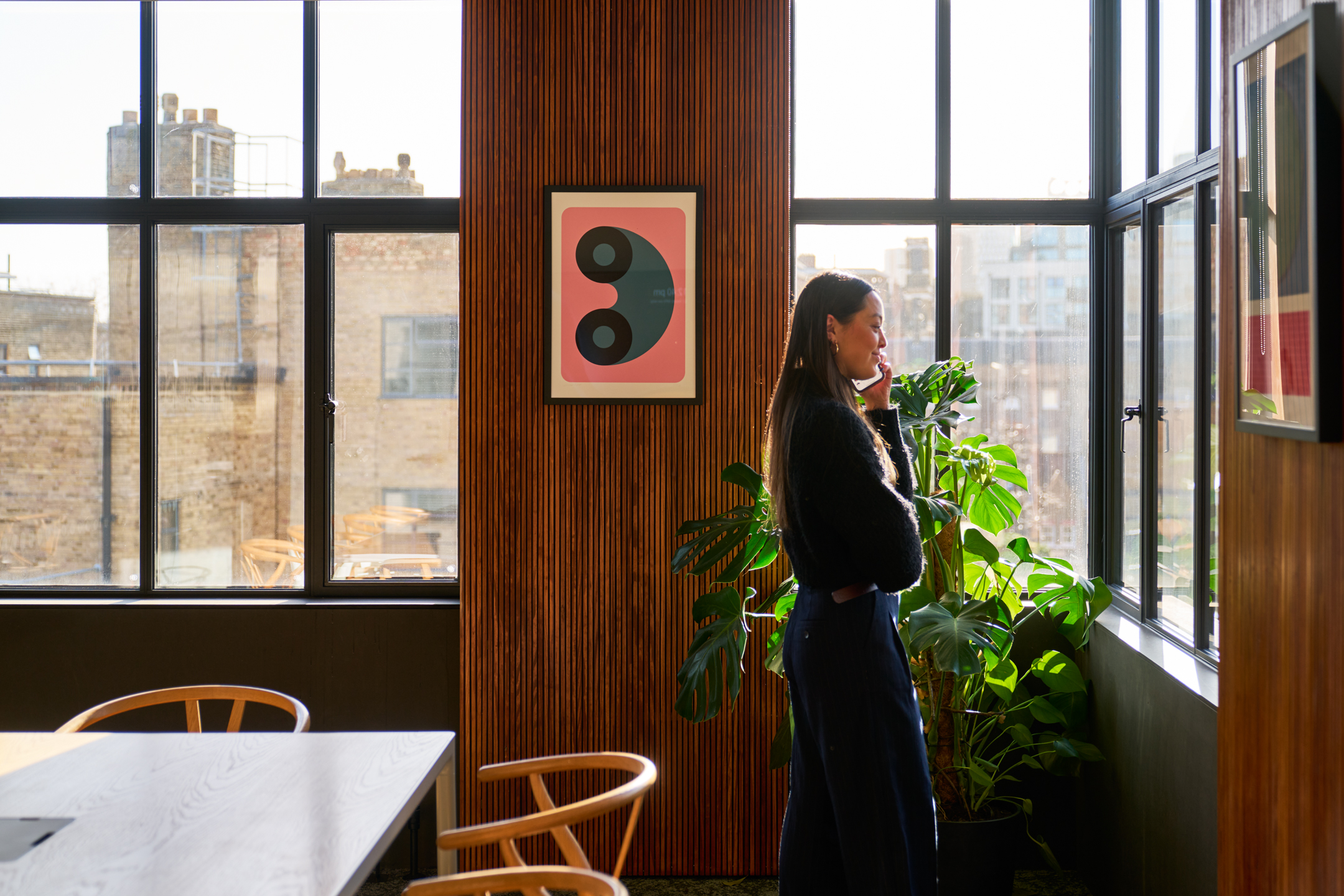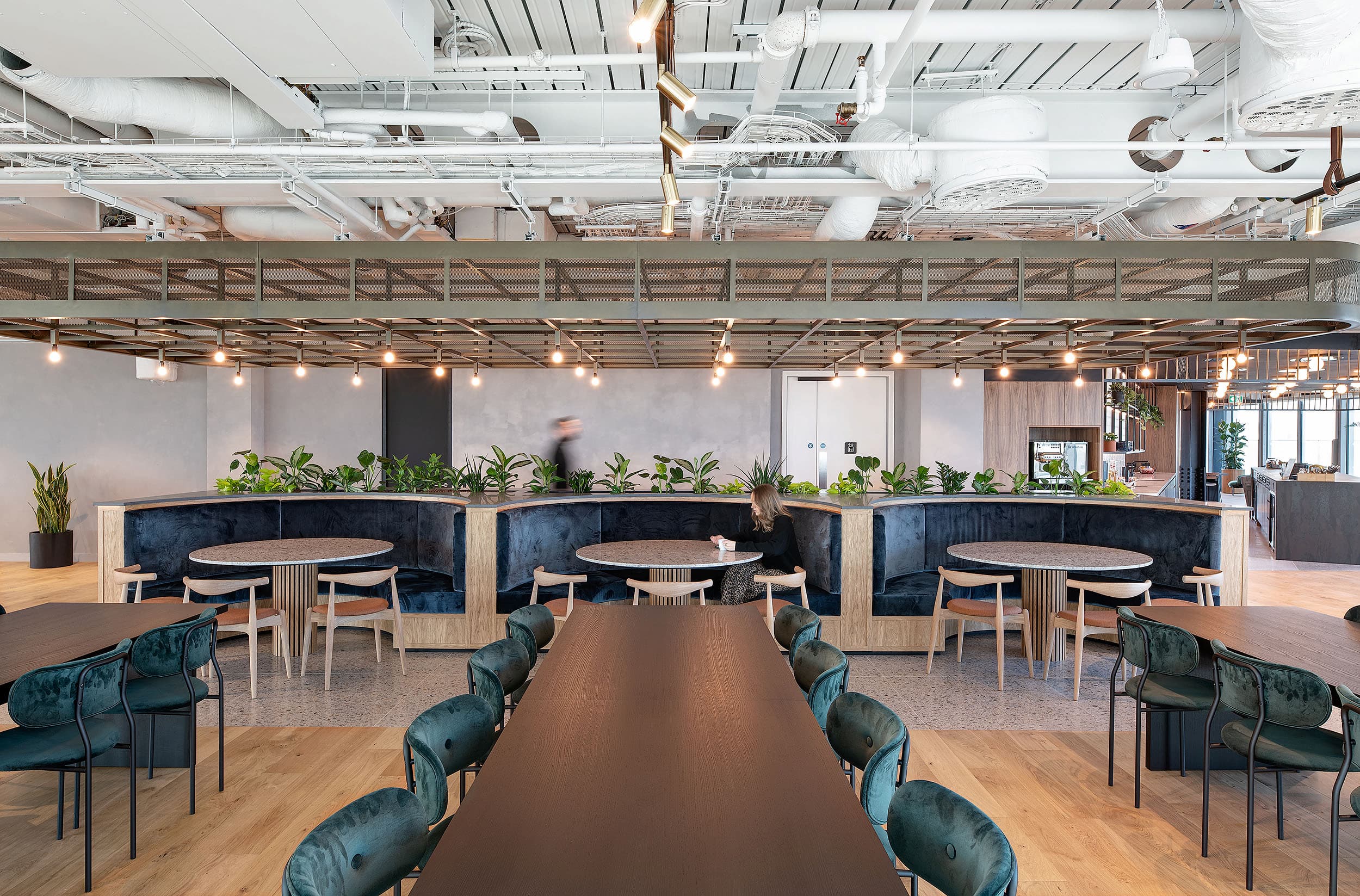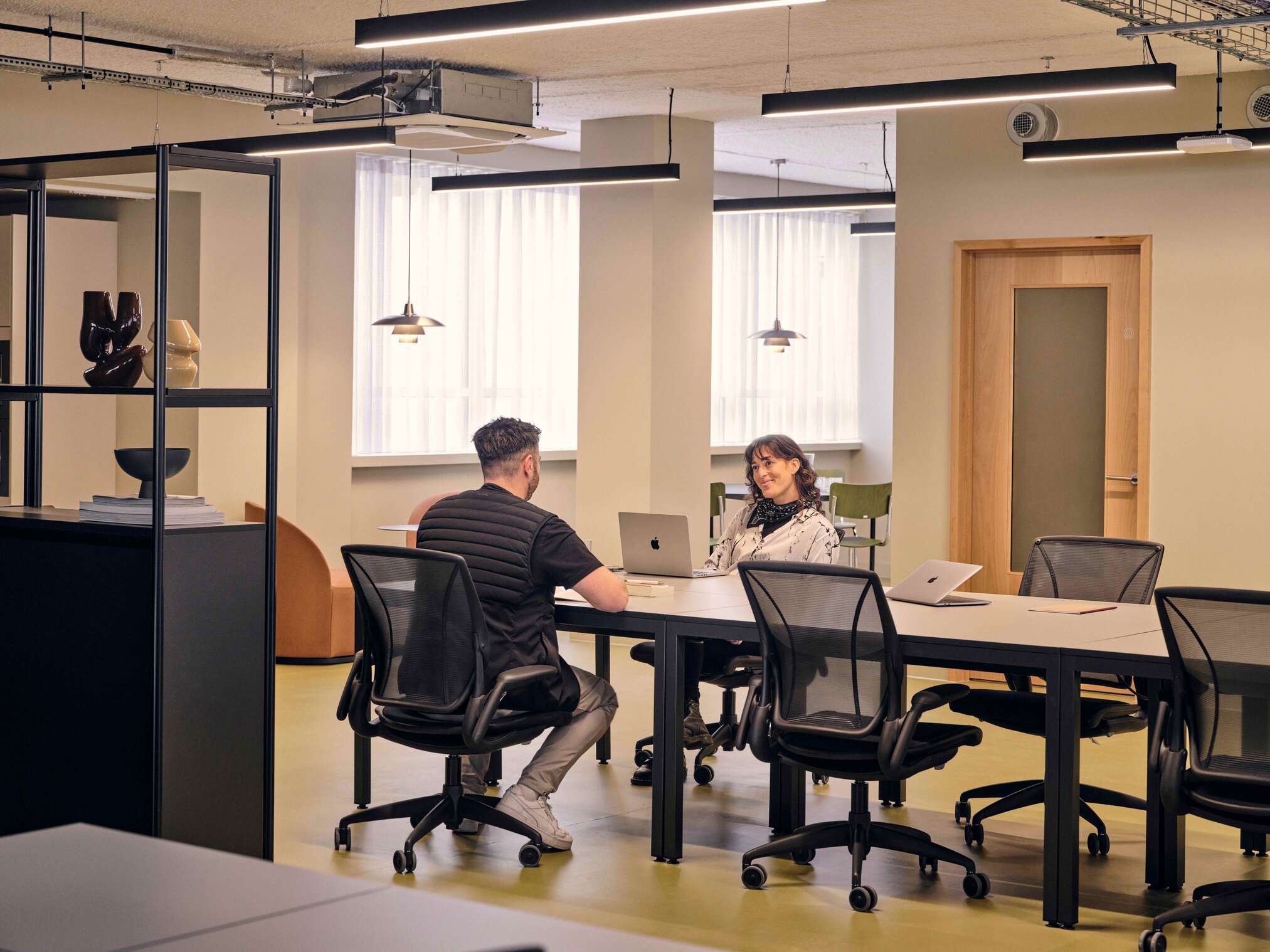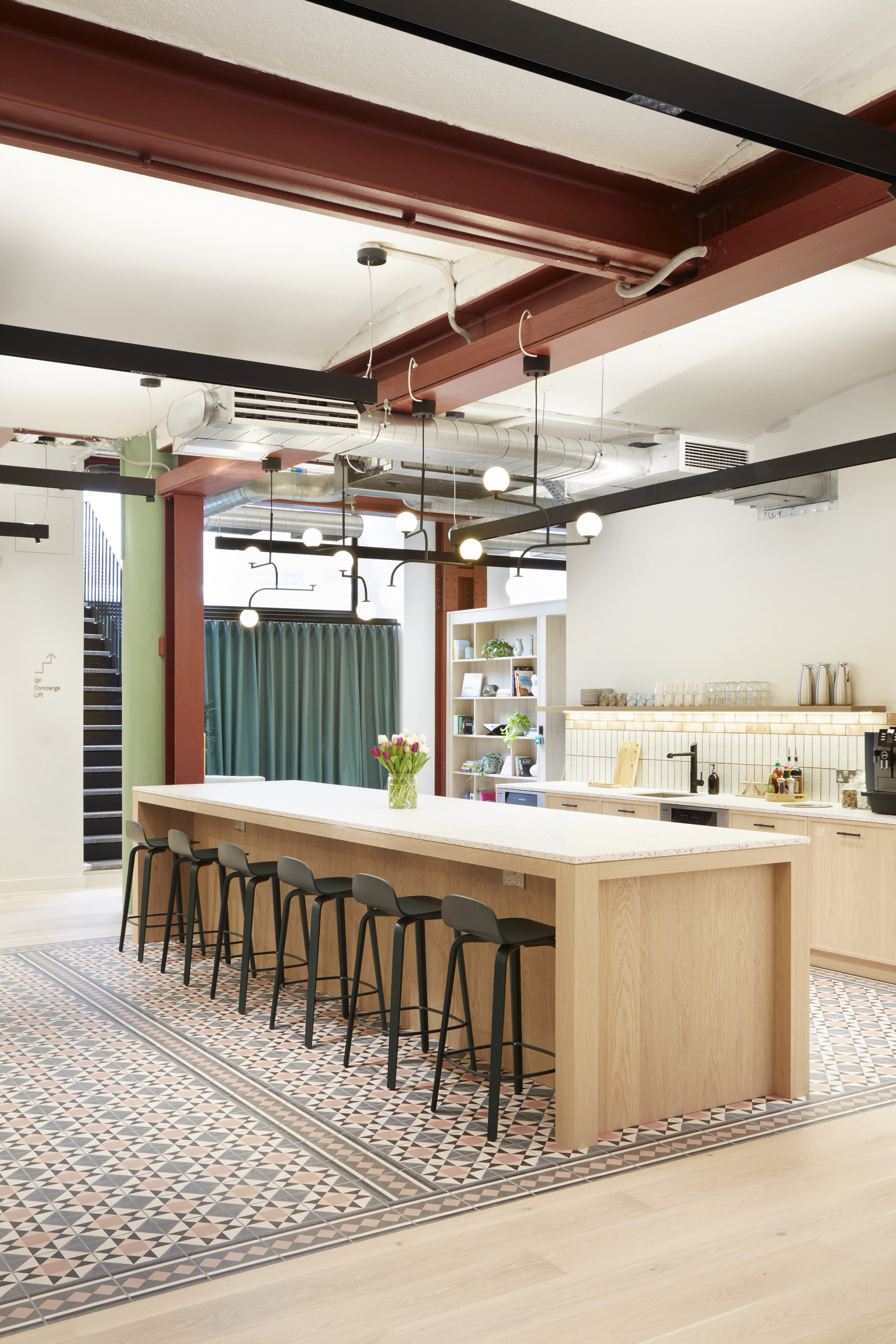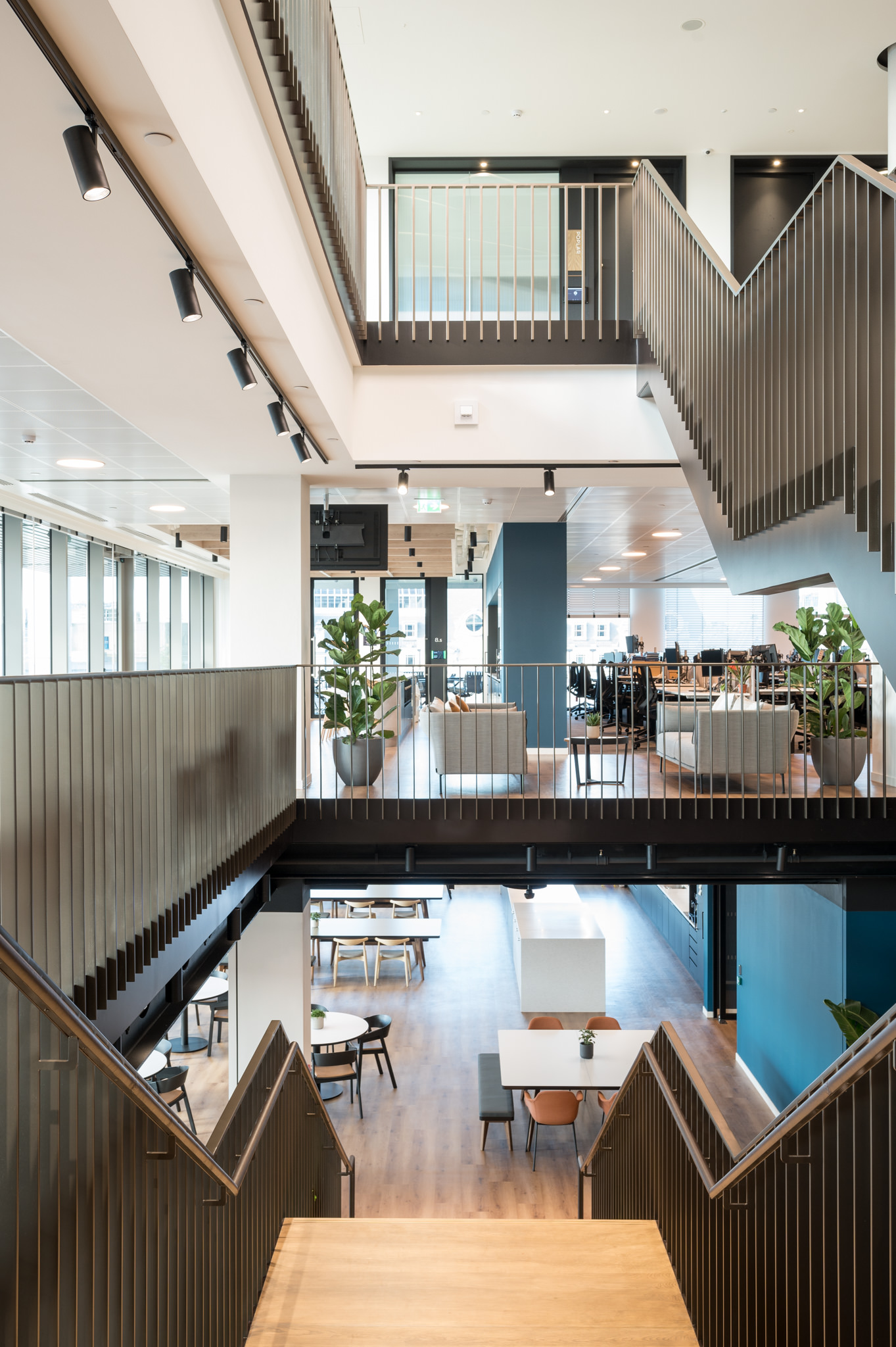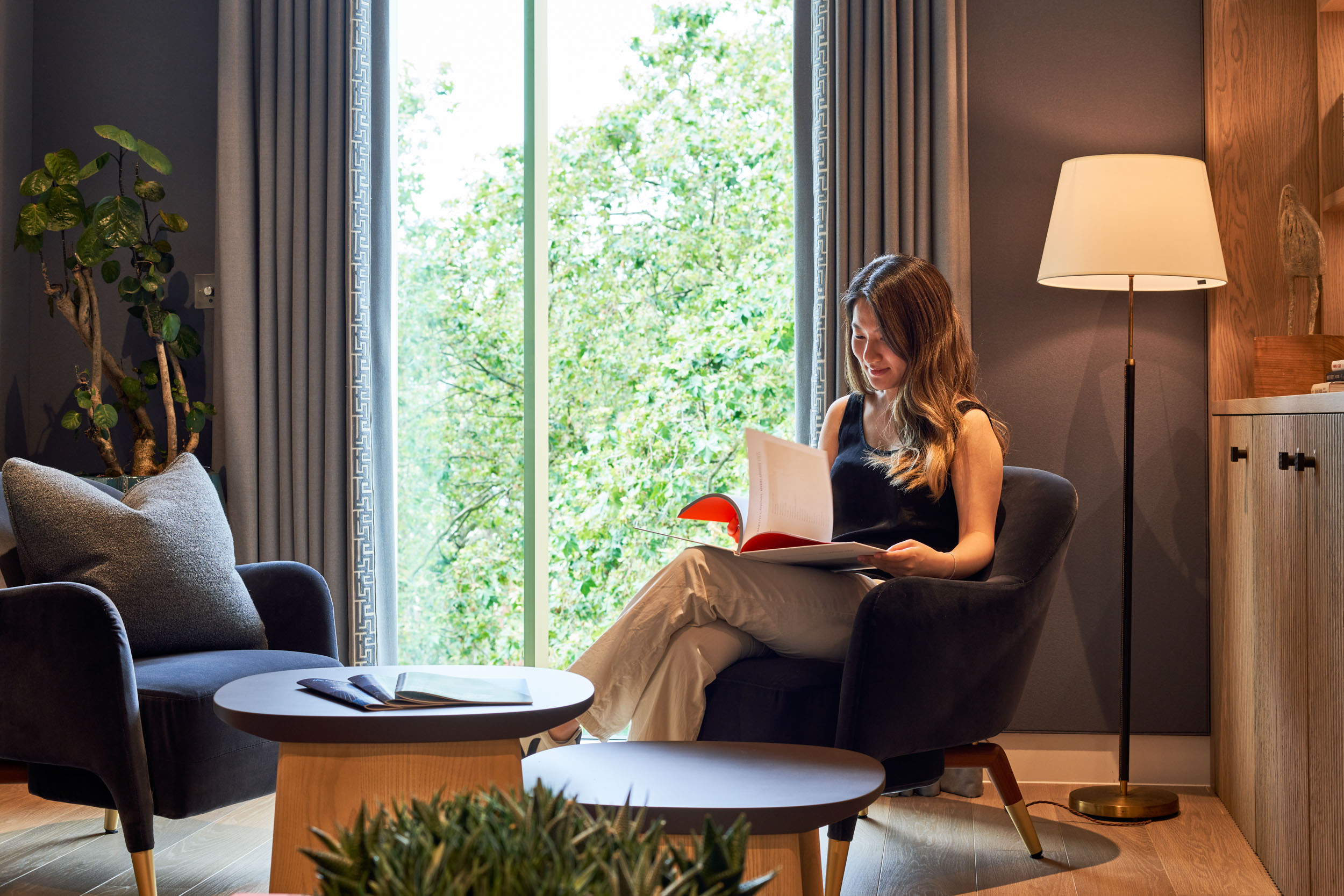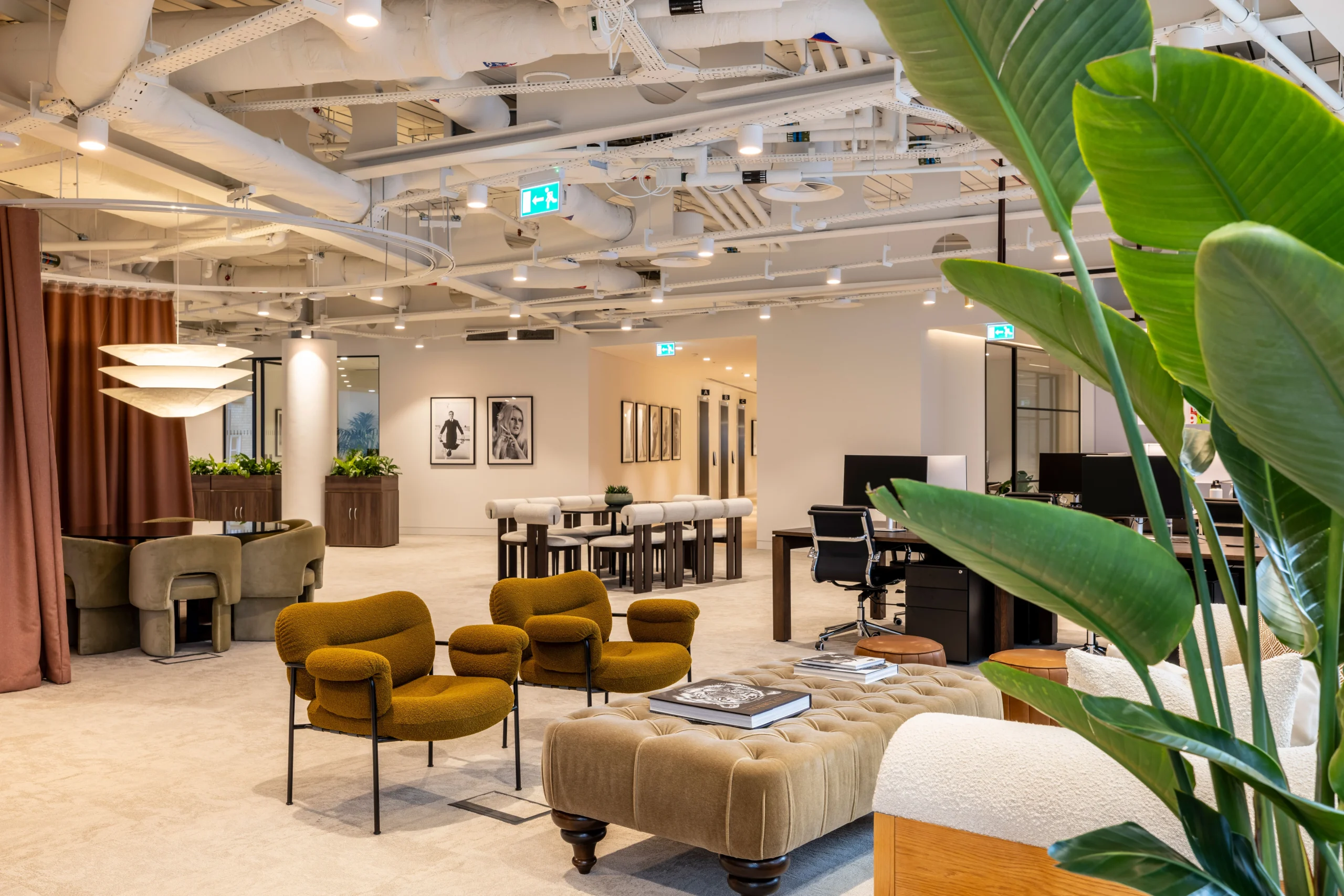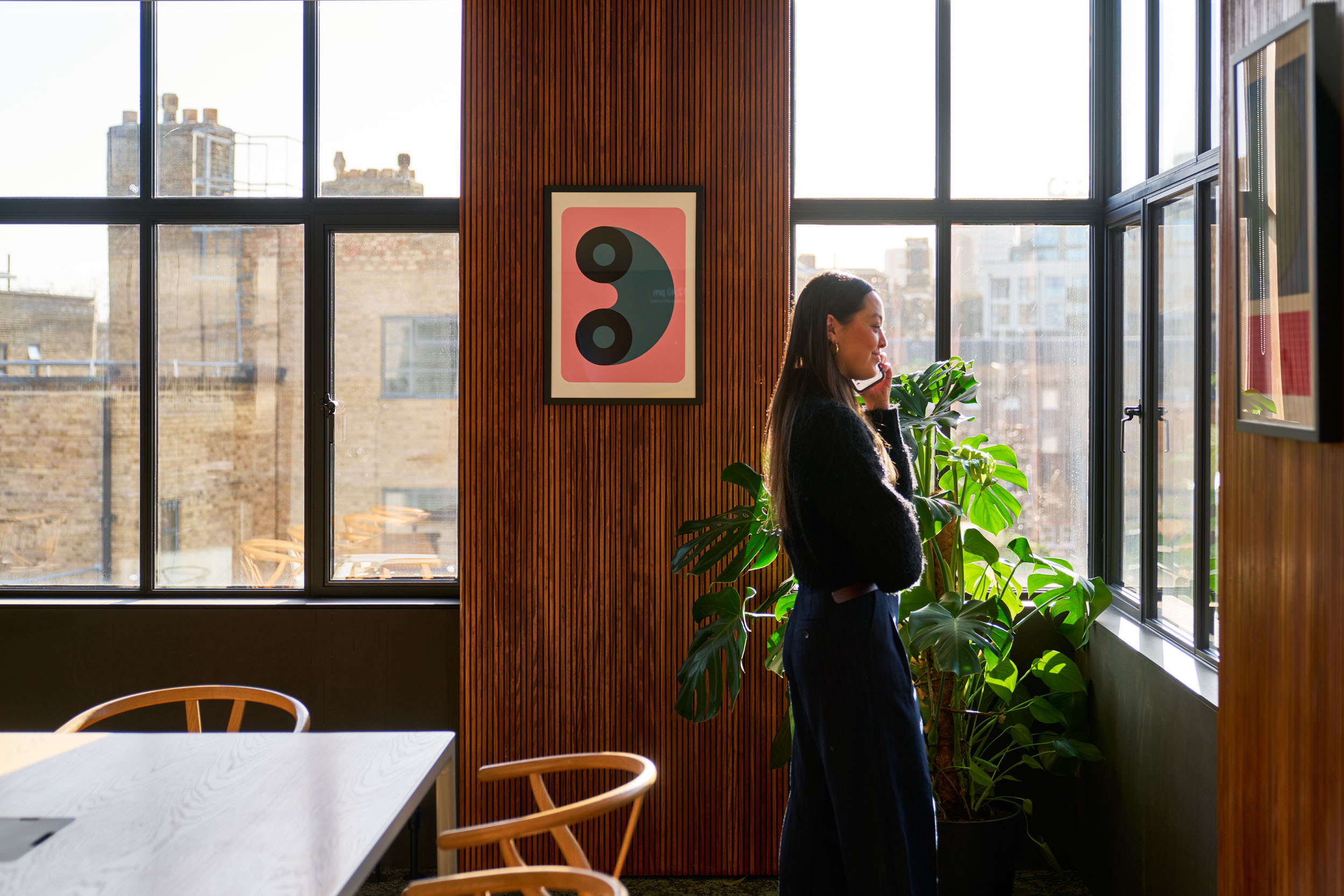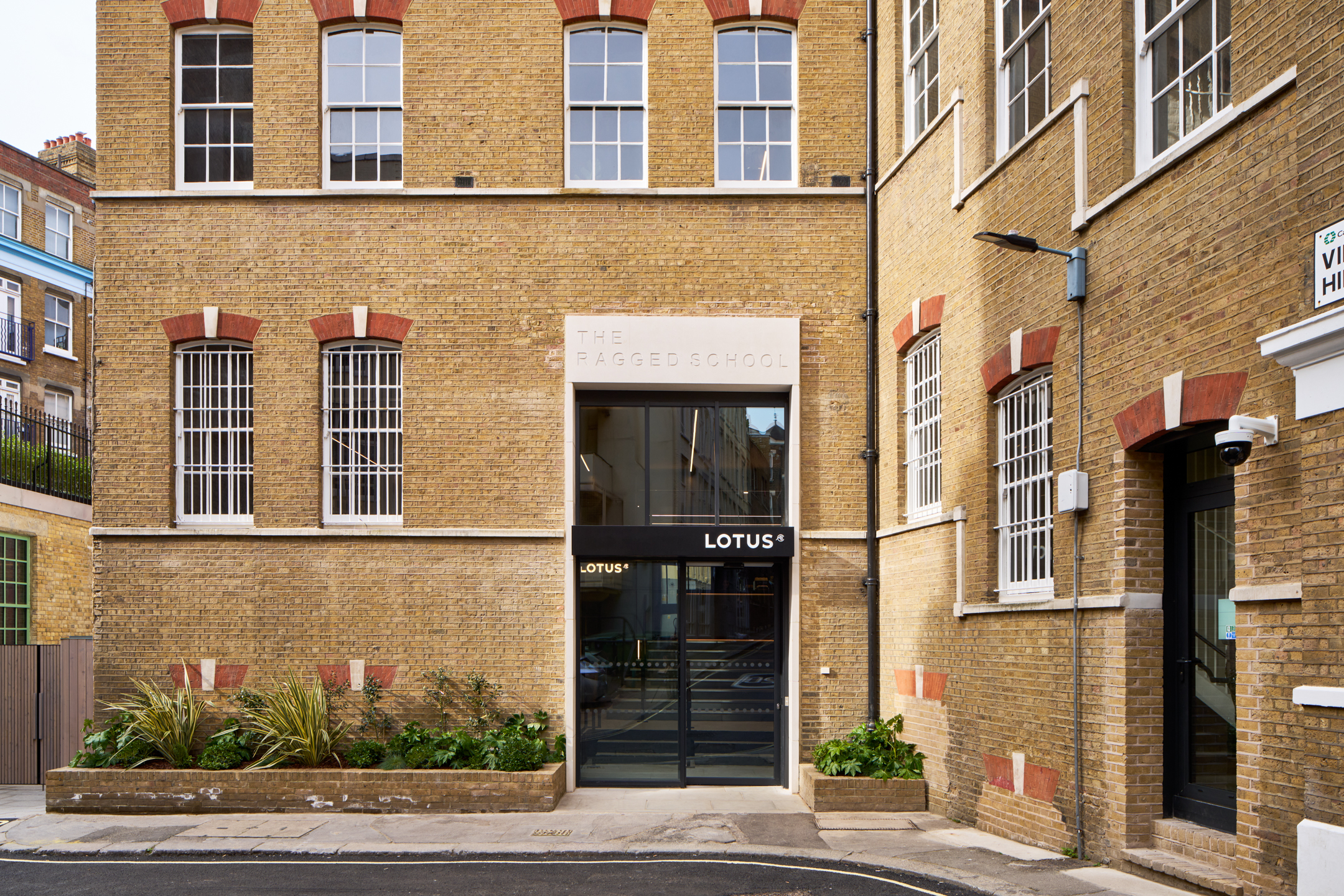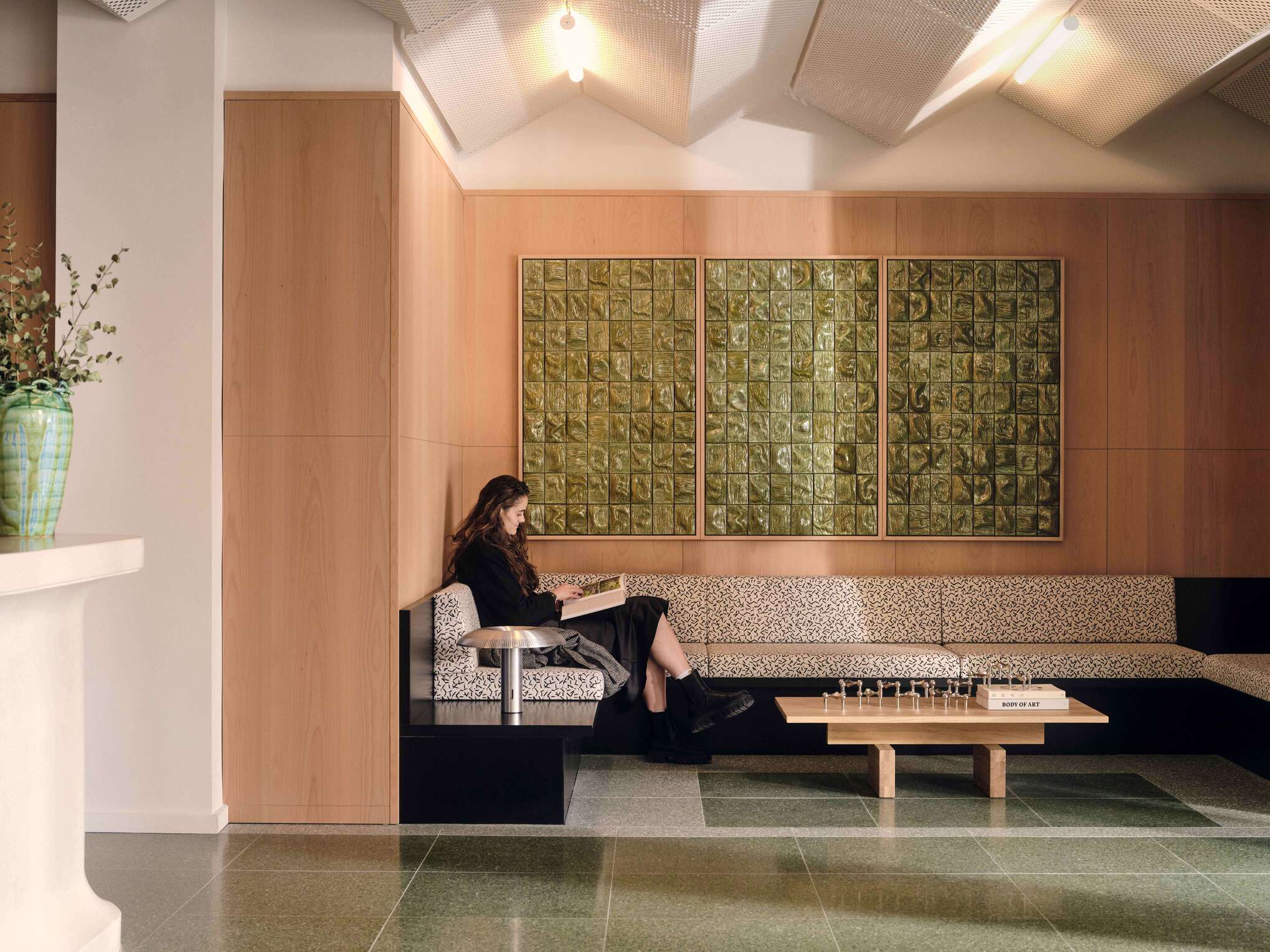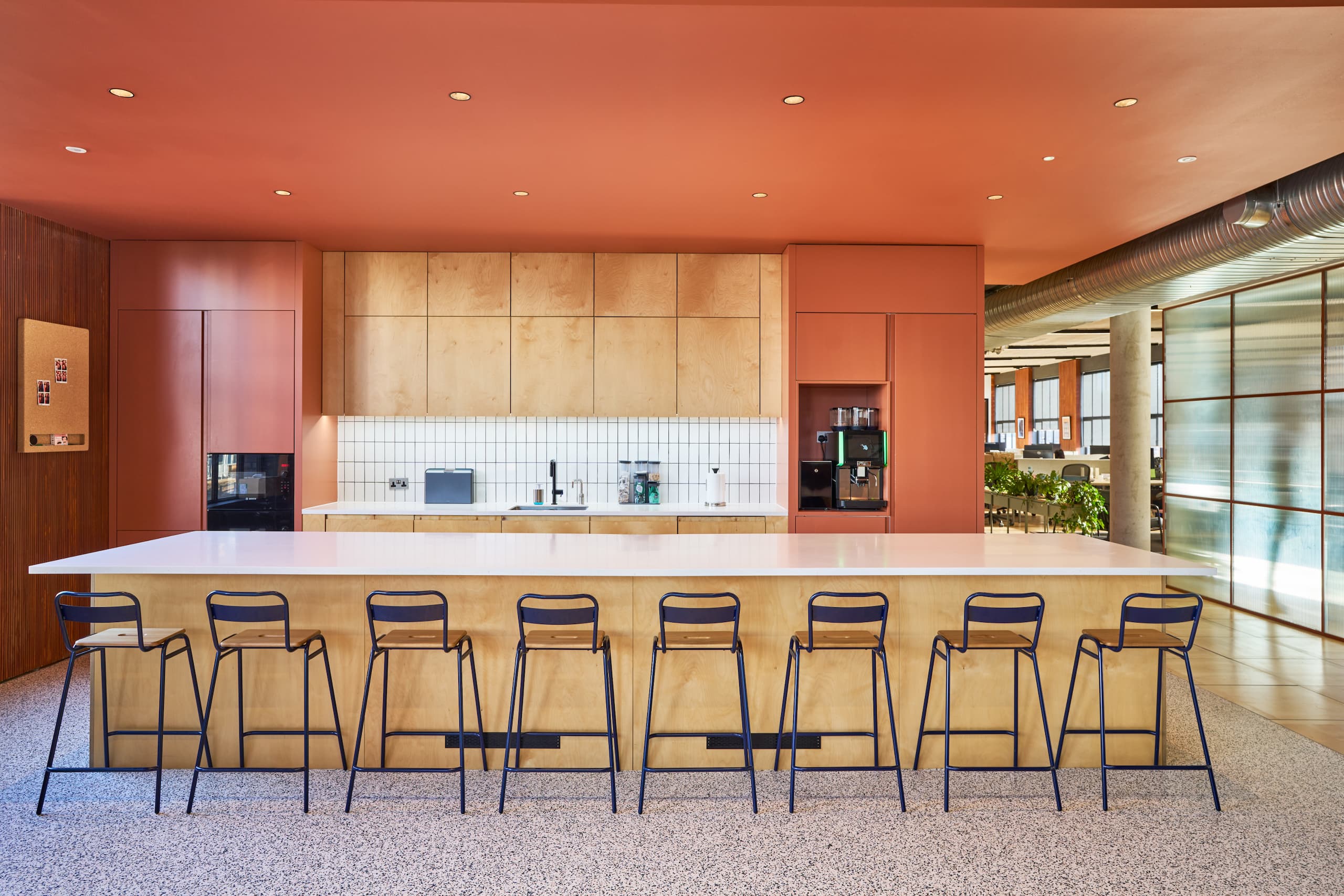The Psychology of Curves and Lines in Spatial Design
New scientific research into spatial design explains why curved lines might be more appropriate in some office environments, while angular and rectilinear forms might work better in other situations.
Have you ever wondered why designers give some aspects of the workplace curvy forms and fill other spaces with straight lines? When should architects go angular and rectilinear, and when should they soften it up with circles and spheres?
In the past, personal taste and designer preference probably played a big part in making such choices. But now there is a growing body of scientific research that is directing architects and designers towards more informed decision-making in spatial design.
Curved lines play a defining role in the Capital.com workspace, shaping both the look and feel of the interior. From the sweeping arc of the digital screen to the circular ceiling feature above the lounge, curves are used to soften transitions, encourage movement and create a more fluid experience. This approach draws on emerging research around spatial design, which links rounded forms with calm and positive emotions, ideal for a high-growth tech company looking to support focus and wellbeing. The use of curves also ties back to Capital.com’s circular logo, grounding the design in brand identity without relying on obvious motifs.
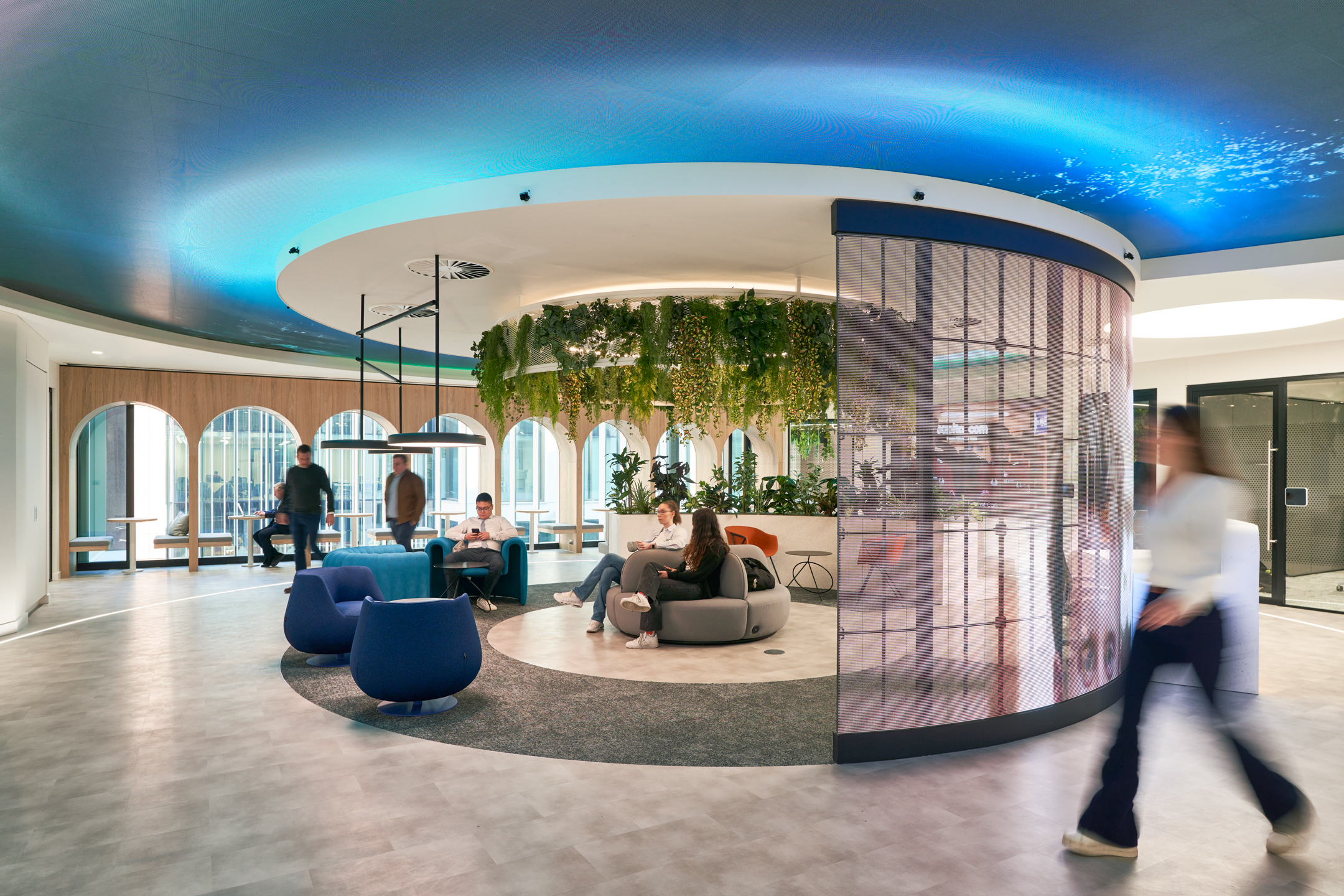
Balancing Shapes for Workplace Satisfaction
Too many straight lines and employees might feel they are trapped inside The Matrix, part of a sci-fi horror movie. Too many cuddly curvilinear forms and employers might feel they are part of a feature-length children’s animation. Neither scenario is ideal, which is why, in any well-designed space, there should be a mix of curvilinear and rectilinear elements.
Getting the balance right is critical, as new research suggests there is a strong correlation between shapes and satisfaction in service environments.
Other studies suggest that angular forms contain a threat and trigger negative bias, while rounded objects are linked to happiness, harmony and calm. And the more collectivist the culture (for example in Asia), the greater the liking for curves while more individualistic cultures (for example in the UK or USA) admire the toughness, energy and strength of angular forms. These insights are shaping a new approach to spatial design, helping teams refine how space feels, flows and functions.
This article is based on ‘The choice of curves or straight lines is matter of science, not taste’ authored by Sally Augustin, for WORKTECH Academy. Workplace Futures Group is a Corporate Member of the Academy, which is a global online platform and membership organisation for the future of work and workplace design.
